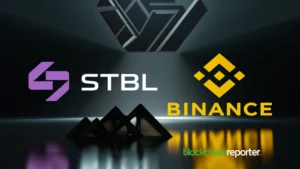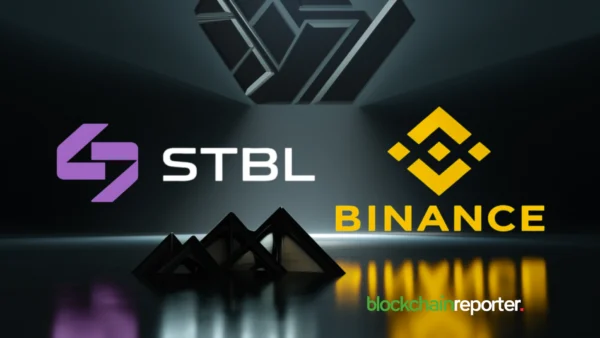
There are blockchain-powered applications in countless industries, but in the world of fitness, the technology has found some of its most compelling use cases.
It is not without challenges, however, and not every fitness app in the market gets the delicate balancing act of tokenization right. That aside, the architecture of the blockchain lends itself to fitness for reasons we intend to summarize in this article.
Blockchain for fitness
Blockchain presents a compelling opportunity for the fitness and health industry, which is why we’ve seen a number of startups leverage distributed ledger technology to power their apps. With the aid of blockchain tech, fitness apps can provide richer data with clearer and more personalized improvement metrics. This, in turn, can enhance the way individuals train to better achieve their health and fitness goals.
Better still, the introduction of blockchain tech allows for incentivization schemes that the sector previously did not enjoy. Blockchain – in concert with cryptocurrency – enables next-generation fitness apps to reward their users financially, too. This concept is frequently referred to in the industry by the term move-to-earn or M2E. Put simply, the more you move, the more you earn.
One project that employs this model to help get users off the couch and into their running shoes is Sweat Economy, which has the distinction of being the world’s most downloaded fitness app with an incredible 120 million users. The app, which runs on Android and Apple devices, has topped the download charts in 58 countries.
The platform is powered by SWEAT tokens, a cryptocurrency that incentivizes and rewards healthy behavior from its users. Typically, one must get active in order to qualify to receive SWEAT – but when the Web3 app launched, the company conducted an airdrop, gifting 13.5 million users with 4.7 billion newly-minted crypto tokens.
The token drop represented the company’s shift from web2 to Web3, with users’ efforts being tokenized on the Near blockchain. Sweat Economy continues to be at the epicenter of this burgeoning fitness frontier, but as with any frontier, there are pitfalls and hidden dangers.
Mistakes can be made
Not every blockchain fitness app gets the tokenization process right. For every Sweat Economy, there are multiple apps that trip and fall, failing to find the Goldilocks zone of sustainability.
Tokenization is not a risk-free process, and some apps, notably Stepn, have been accused of ‘ponzi economics.’ These apps, often quite inadvertently, create token models that simply cannot endure in the longer term. That doesn’t mean that they are a scam by any means; it is simply to say that their token models have been designed in a way that eventually could lead to the creation of a Ponzi-like effect.
With these apps, the early adopters of the technology do well – far too well. Later adopters get almost nothing at all, no matter how hard they try. A user could go from obesity to a Mr. Olympia title and still fail to earn enough to cover a yearly gym membership.
To the users who lose out, the fact that this Ponzi effect is borne out of foolishness rather than malice is of little comfort. Eventually, most users lose patience, and the whole house of cards comes crashing down.
Because Sweat Economy built its business in the Web2 era, it grew using a sustainable business model before the prospect of tokenizing was even considered. The platform monetized its company through in-app advertising and sponsorships rather than speculative token trading and hype marketing.
According to Growjo, the estimated annual revenue of Sweat Economy is $26.7 million per year. With a sustainable business model, and an incentivization scheme that works like a high-end treadmill, the future of blockchain in fitness looks bright.









